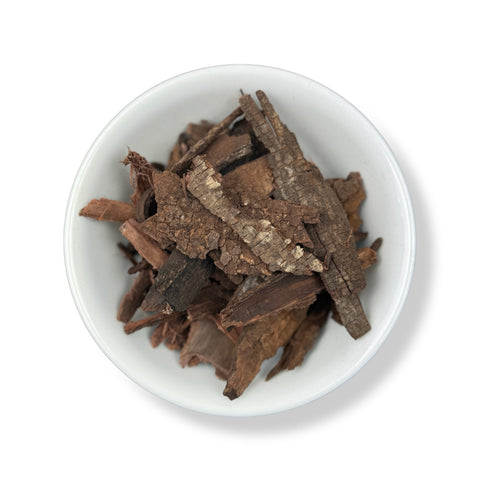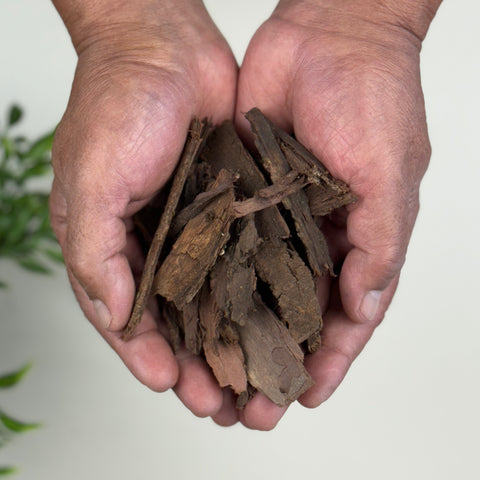

Tepezcohuite Bark
- + Buy ANY 5 Products, Get 1 Free! *BULK Products Included*
- + 15-Day Money Back Guarantee
- + Get It Fast! Orders Ship Same Day
![]()
PLEASE NOTE: THIS ITEM IS THE TEPEZCOHUITE TREE BARK, NOT THE TEPEZCOHUITE ROOT.
Botanical Name: Mimosa tenuiflora
Origin: Mexico
Experience the ancient healing power of Tepezcohuite Bark, sourced from the rugged landscapes of Mexico. Revered by indigenous cultures for its remarkable medicinal properties, Tepezcohuite Bark has been used for centuries to promote skin health and overall well-being. Our premium Tepezcohuite Bark embodies the essence of Mexico's botanical heritage, offering a natural solution for various skin concerns and health ailments. Discover the time-honored tradition of Tepezcohuite Bark and unlock its therapeutic potential for holistic healing.
Benefits
- Regenerates skin
- Supports healthy skin
- Anti-inflammatory: It may help reduce inflammation and soothe skin irritations, such as burns, cuts, and rashes.
- Antimicrobial properties
These statements have not been evaluated by the Food and Drug Administration. This product is not intended to diagnose, treat, cure, or prevent any disease.
This product is intended for nutritional support. If pregnant, nursing, or taking medication, please consult with a health professional before use.
Keep out of reach of children.

